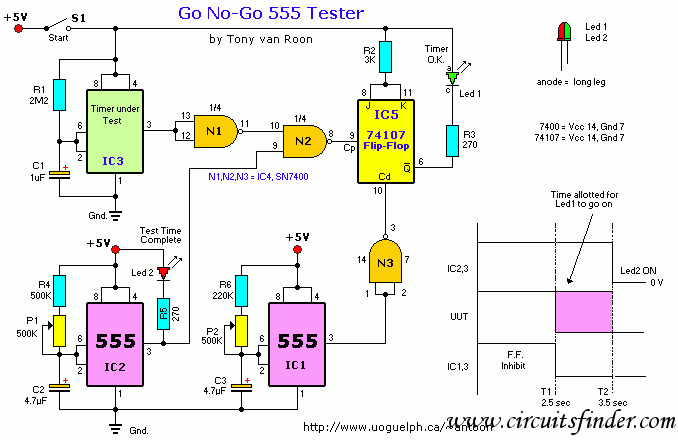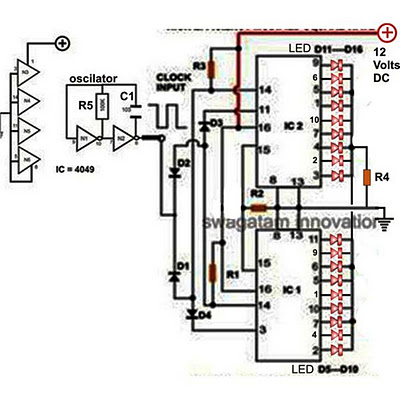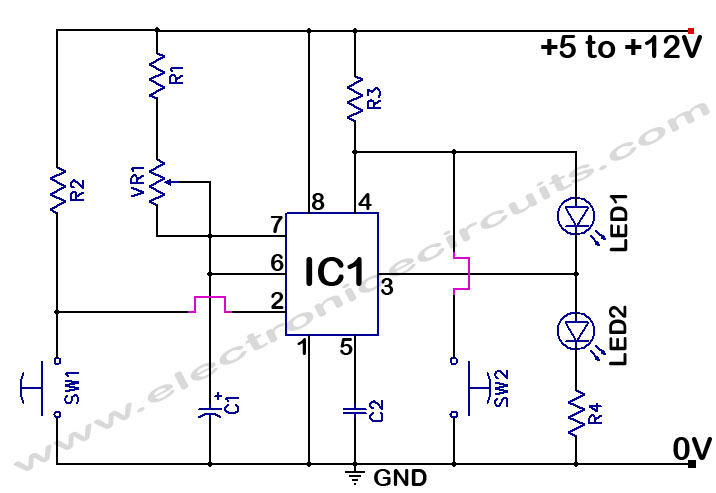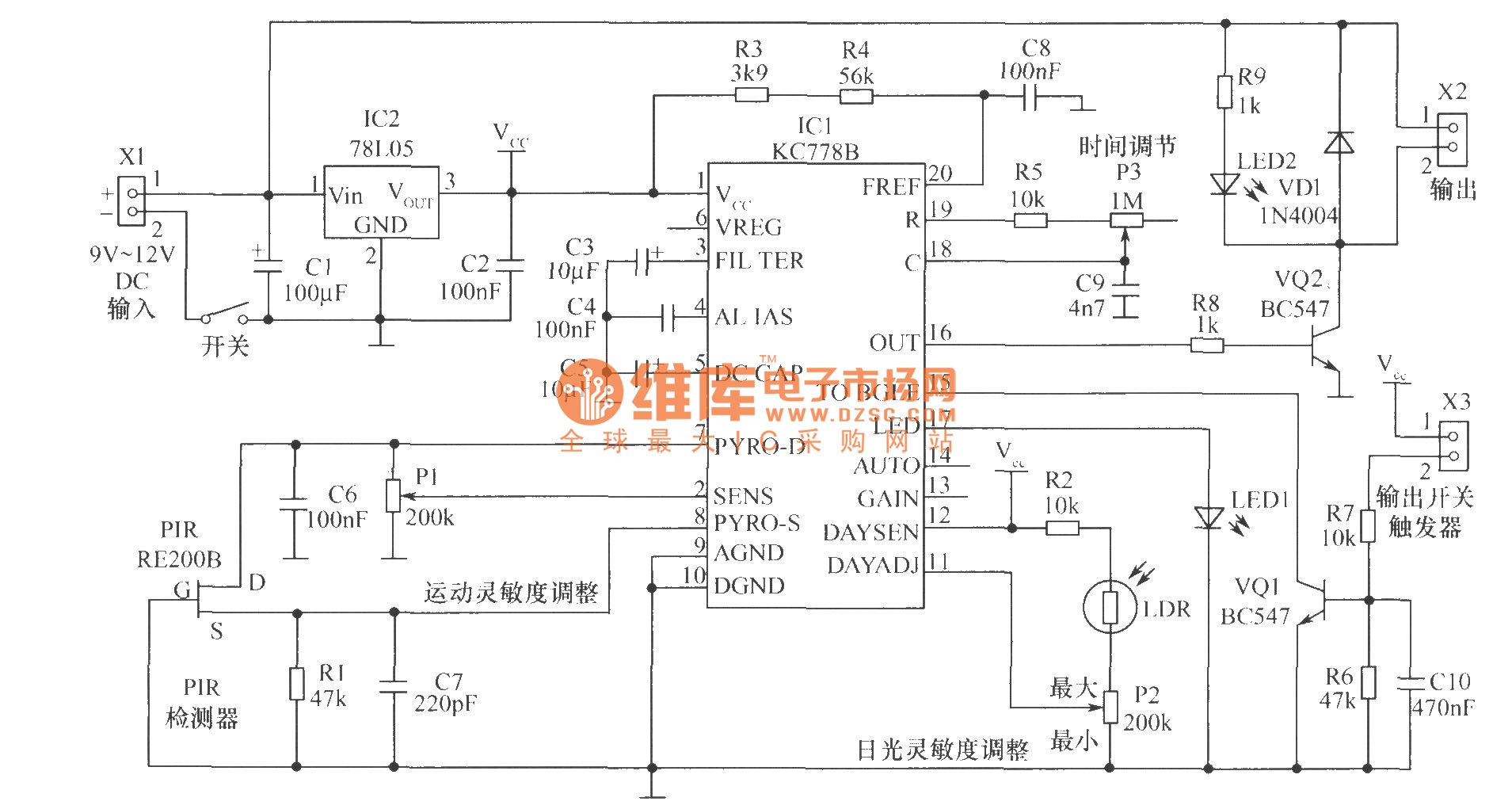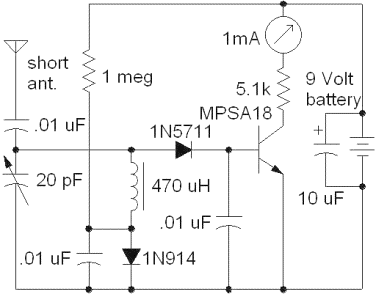
Adjustable Symmetrical Power Supply ?± 125 until ?±30V 1A circuit

This is a voltage converter designed to output a voltage range of ±1.25 to ±30V from an input voltage of ±35V. A three-terminal voltage regulator is utilized to achieve the desired voltage transformation in this unit.
The voltage converter employs a three-terminal voltage regulator, which is a widely used component in power supply circuits for its reliability and ease of use. The input voltage of ±35V is fed into the regulator, which is configured to provide a stable output voltage within the specified range of ±1.25V to ±30V.
The design typically includes a filtering stage at the input to smooth out any fluctuations in the supply voltage, ensuring that the regulator receives a stable input for optimal performance. Capacitors are used at the input and output terminals of the regulator to filter high-frequency noise and provide transient response stability.
To achieve the desired output voltage, the voltage regulator may be paired with a resistor divider network or adjustable potentiometer, allowing for fine-tuning of the output voltage according to specific application requirements. The thermal performance of the regulator should also be considered, as it may require a heat sink to dissipate excess heat generated during operation, especially when the load draws significant current.
Protection features such as overcurrent protection and thermal shutdown may be integrated into the design to enhance reliability and prevent damage to the components. Additionally, the layout of the circuit board should minimize the length of the connections to reduce parasitic inductance and capacitance, which can affect performance.
Overall, this voltage converter design effectively transforms a high input voltage to a lower, stable output voltage suitable for various electronic applications, leveraging the advantages of three-terminal voltage regulators in its implementation.This is the voltage converter to get the voltage of ±1,25-30V from the input voltage of ±35V. I am using the 3 terminal voltage regulator for the voltage to be changed in this unit.. 🔗 External reference
The voltage converter employs a three-terminal voltage regulator, which is a widely used component in power supply circuits for its reliability and ease of use. The input voltage of ±35V is fed into the regulator, which is configured to provide a stable output voltage within the specified range of ±1.25V to ±30V.
The design typically includes a filtering stage at the input to smooth out any fluctuations in the supply voltage, ensuring that the regulator receives a stable input for optimal performance. Capacitors are used at the input and output terminals of the regulator to filter high-frequency noise and provide transient response stability.
To achieve the desired output voltage, the voltage regulator may be paired with a resistor divider network or adjustable potentiometer, allowing for fine-tuning of the output voltage according to specific application requirements. The thermal performance of the regulator should also be considered, as it may require a heat sink to dissipate excess heat generated during operation, especially when the load draws significant current.
Protection features such as overcurrent protection and thermal shutdown may be integrated into the design to enhance reliability and prevent damage to the components. Additionally, the layout of the circuit board should minimize the length of the connections to reduce parasitic inductance and capacitance, which can affect performance.
Overall, this voltage converter design effectively transforms a high input voltage to a lower, stable output voltage suitable for various electronic applications, leveraging the advantages of three-terminal voltage regulators in its implementation.This is the voltage converter to get the voltage of ±1,25-30V from the input voltage of ±35V. I am using the 3 terminal voltage regulator for the voltage to be changed in this unit.. 🔗 External reference
